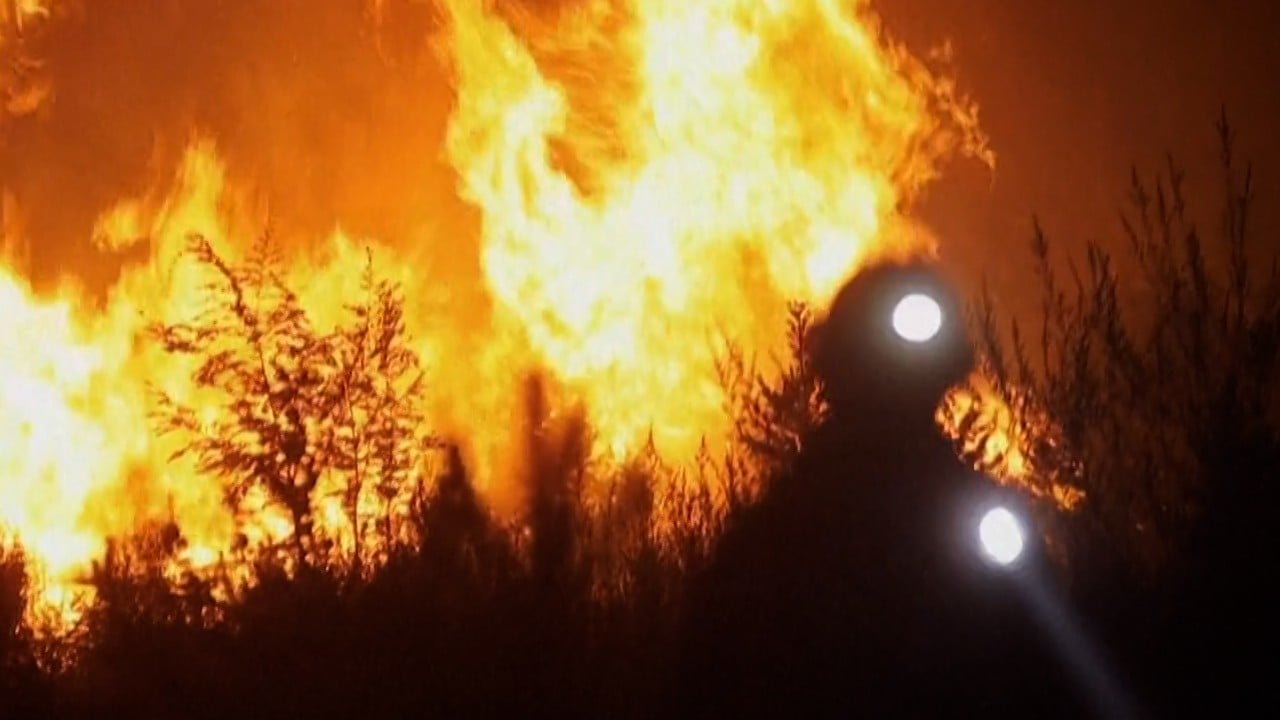
13 Feb Generative AI paints bleak pictures of Great Wall, Taj Mahal and other famous landmarks under climate change
Utility Bidder, a business-oriented energy consultancy, used text-to-image tool Midjourney to generate hypothetical pictures of monuments affected by acid rain, sandstorms and other environmental changes caused by global warming.
One picture showed cracks on the Great Wall, a defence structure spanning more than 21,000 kilometres (13,048 miles) and built over centuries by several Chinese emperors. Exacerbated by powerful sandstorms, those cracks could lead to some sections of the architecture collapsing.
Other images showed Mount Rushmore in the US state of South Dakota decaying from acid rain caused by the burning of fossil fuels, and the ivory-white marble exterior of India’s Taj Mahal turning even more yellow from dirty air.
The famed reflecting pool outside the gates of Angkor Wat may turn into cracked earth from serious drought, while floods could submerge the ancient city of Petra in Jordan, according to the AI-generated images. Stonehenge in southwest England could fall, and drought could shrink Victoria Falls, located on the border between Zambia and Zimbabwe.
As part of the project, the team read through a series of online articles to understand the environmental threats that are affecting each landmark. It then gave relevant prompts to Midjourney to produce the imagined pictures.
“If we do not preserve our planet and everything in it, we will soon find ourselves at the forefront of destroying some of the world’s most historic landscapes,” said James Longley, managing director at Utility Bidder.
“Hopefully, these images strike a chord with many on the damning impact of climate change and impact people to continue looking after and preserving these landmarks, as well as considering their own lifestyle choices to help the cause.”
Generative AI has attracted worldwide attention since US start-up OpenAI launched its popular ChatGPT bot in November 2022. The technology has since been applied to various industries from energy and retail to healthcare and public services.
The United Nations, for example, has used AI at its satellite imagery centre to analyse flooded areas and determine where disaster response efforts are necessary.
However, scientists have also raised concerns over the environmental costs of training and using large language models, the technology that powers AI chatbots and often requires significant computational power.
In 2019, researchers at the University of Massachusetts, Amherst, found that training an AI model could produce more than 626,000 pounds (284,000kg) of carbon dioxide – nearly five times the lifetime emissions of an average American car, including the manufacture of the vehicle.

